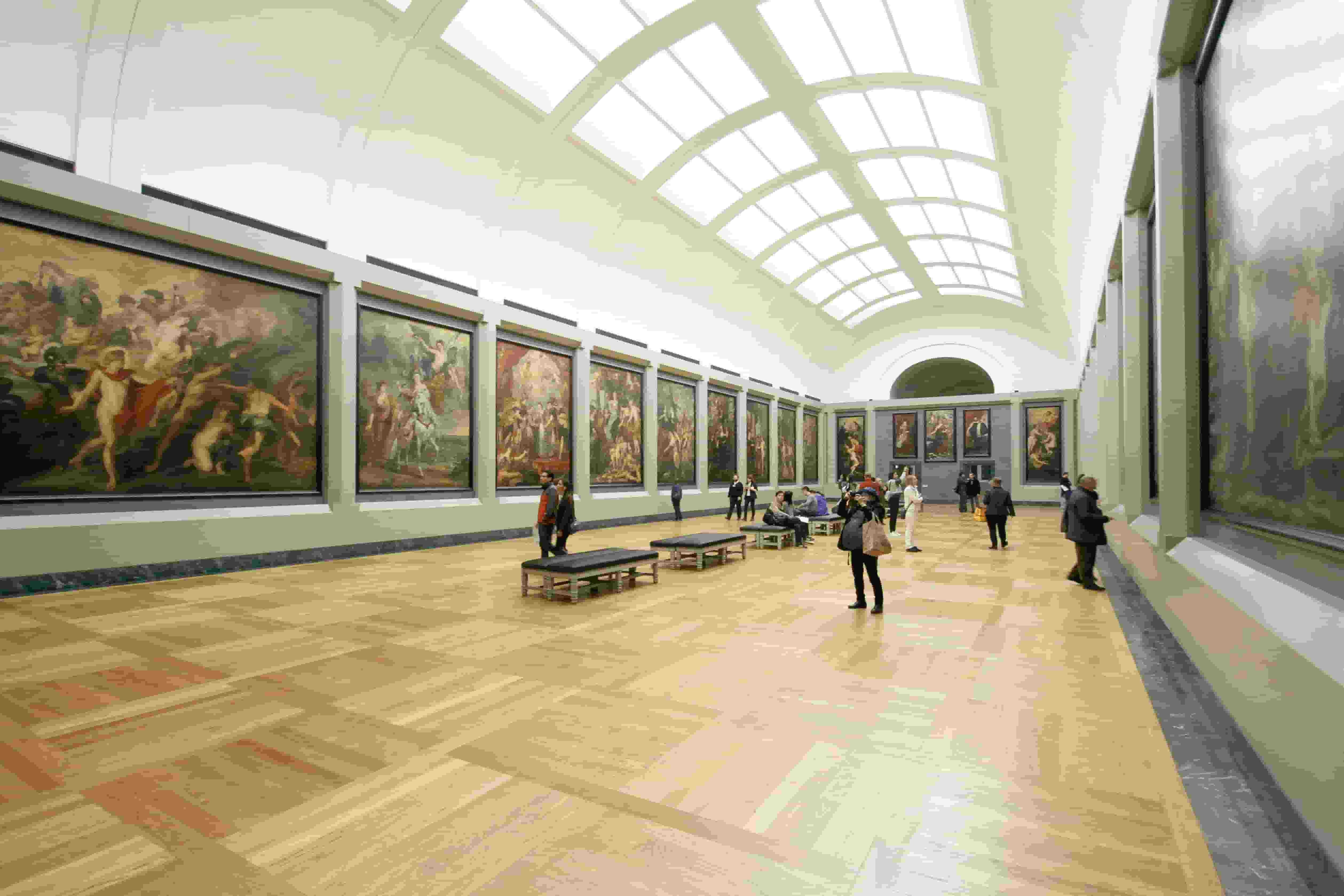Scan the Past: 5 Benefits of Using QR Codes to Celebrate International Museum Day
Sally Wright
May 10, 2024
International Museum Day is a celebration of culture, heritage, and the invaluable treasures that museums hold. It's a day when museums worldwide open their doors to enthusiasts, scholars, and the curious public.
In this digital era, museums are embracing technology to augment visitor experiences through the use of QR codes. QR codes are pixelated squares that hold a trove of information that are accessible with a quick scan using a smartphone.
For International Museum Day, QR codes serve as gateways to knowledge, interactive exhibits, and immersive storytelling. Keep reading to uncover the key reasons why you need to start using QR codes this International Museum Day.
Enhancing Accessibility
QR codes play a crucial role in enhancing accessibility during International Museum Day celebrations. These codes act as digital gateways, providing instant access to a wealth of information, multimedia content, and interactive experiences for visitors.
One of the significant benefits is the ability to offer multilingual content through QR codes. This makes museums more inclusive and welcoming to diverse audiences.
Visitors can simply scan a QR code to access audio guides, translated descriptions, or video tours. In return, it breaks down language barriers and allows everyone to engage deeply with the exhibits regardless of their native language.
Interactive Exhibits
QR codes bring a new dimension of interactivity to International Museum Day exhibits. These codes enable museums to create dynamic and engaging experiences for visitors by linking physical displays to digital content.
For example, QR codes can direct visitors to various content to deepen their understanding of the subject matter. Here are some examples:
- videos providing additional insights
- virtual tours of historical sites related to the exhibits
- interactive quizzes and games
This interactive element not only captivates visitors but also encourages active participation and exploration. Thus, transforming passive viewing into immersive learning experiences.
Historical Context Enrichment
QR codes serve as invaluable tools for enriching the historical context of exhibits during International Museum Day. These codes allow museums to provide in-depth information, archival materials, and multimedia resources related to artifacts and displays.
By scanning QR codes, visitors can access various information recordings that enhance their understanding of the exhibits' significance and historical background. This includes:
- Historical documents
- Photos
- Videos
- Audio
This enrichment of historical context not only educates visitors but also deepens their appreciation for the cultural heritage showcased in museums. QR codes effectively transform static displays into immersive storytelling experiences. Thus, fostering a deeper connection between visitors and the narratives of the past showcased on International Museum Day.
Digital Engagement and Sharing
QR codes facilitate digital engagement and sharing among visitors during International Museum Day celebrations. These codes provide seamless access to digital platforms, social media channels, and interactive content related to museum exhibits.
Visitors can scan QR codes to instantly share their museum experiences on...
- social media
- online discussions
- user-generated content (i.e. photos and videos)
This digital engagement not only amplifies the reach of museum promotions but also creates a sense of community among visitors, encouraging them to connect, interact, and share their insights and discoveries.
This extends the impact and visibility of International Museum Day beyond the physical museum space. At the same time, it also fosters a global conversation and appreciation for cultural heritage.
Sustainability and Cost-Effectiveness
Utilizing QR codes for International Museum Day celebrations promotes sustainability and cost-effectiveness in museum operations. Unlike traditional printed materials such as brochures, pamphlets, and signage, QR codes require minimal physical resources and are environmentally friendly.
Museums can reduce paper waste and carbon footprint by leveraging QR codes to deliver information digitally. In addition, updating and maintaining information through QR codes is cost-effective compared to printing and distributing new materials regularly.
Museums can easily update exhibit details, add new content, or make corrections without incurring significant expenses.
By embracing QR codes, museums not only contribute to sustainable practices but also optimize their budget allocation. Thus, allowing resources to be allocated towards enhancing visitor experiences and preserving cultural heritage for future generations.
In Conclusion
The benefits of using QR codes to celebrate International Museum Day are vast and transformative. As museums embrace digital innovations, QR codes play a pivotal role in creating immersive and inclusive experiences for visitors of all backgrounds.
To leverage the power of QR codes for your International Museum Day celebrations, consider using the QR Code Generator Hub. With this user-friendly tool, you can create free QR codes that empowers you to enhance visitor experiences and make International Museum Day truly memorable.
Unlock the potential of QR codes and elevate your museum celebrations with the QR Code Generator Hub today!



